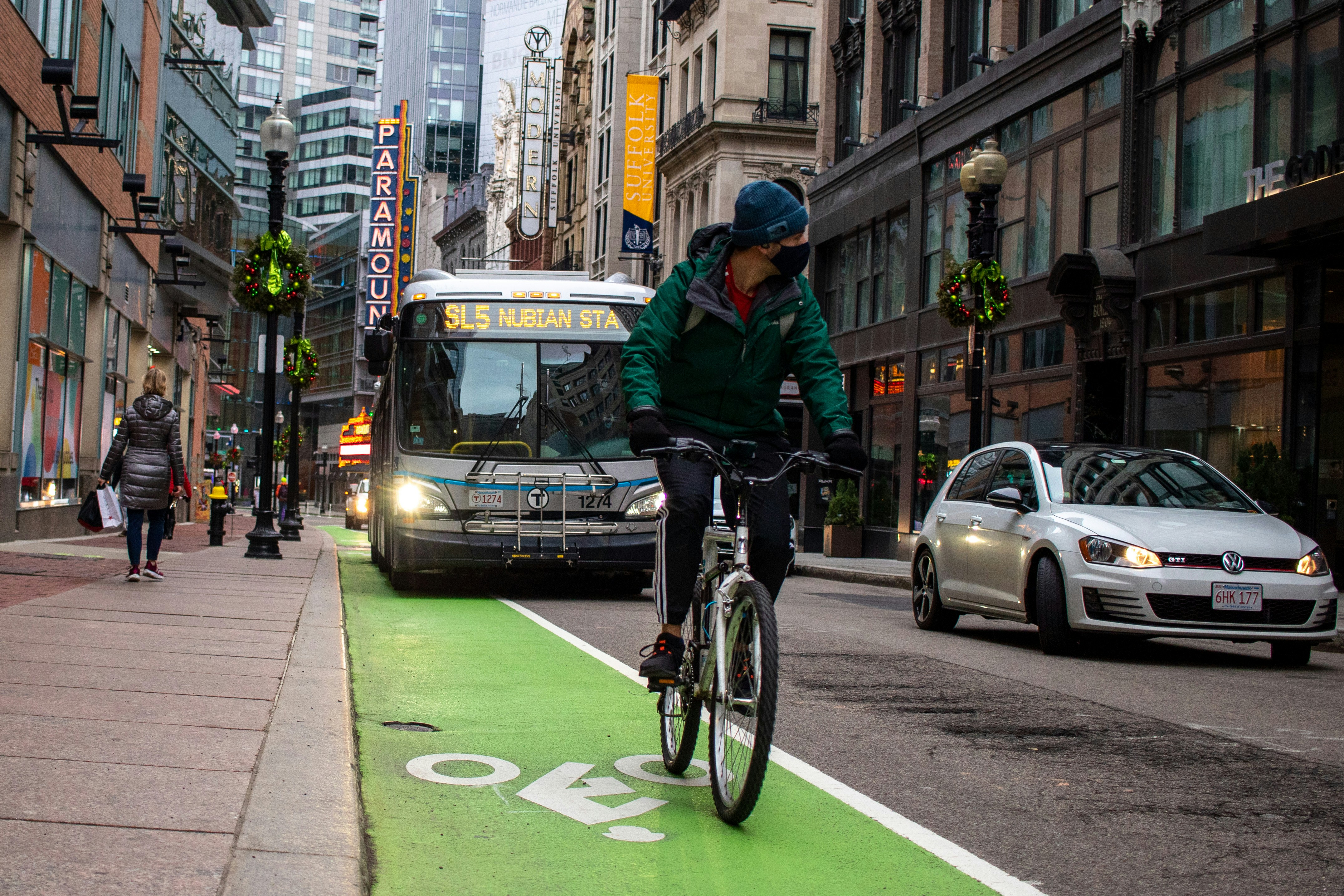
Since Green America’s founding in 1982, as a new green-economy organization known as “Co-op America,” US voters have seen ten presidential election cycles come and go, beginning with the contest between Ronald Reagan and Walter Mondale in 1984.
Then, as now, the stakes were high for many of the priorities Green Americans care about.
The incumbent Republican president was doubling down on issuing leases for fossil-fuel development on federal land and had removed his predecessor’s solar panels from the White House roof. He had fired the coordinator for organic agriculture research at the US Department of Agriculture (USDA) and eliminated the position, drastically cutting funding for USDA’s organic research. And he had dealt a blow to the labor movement by firing 11,000 members of the air-traffic controllers union who were striking for better pay and working conditions.
When he won re-election so easily in 1984, it could have been tempting to feel hopeless and defeated.
But no single national election can stop our work together on Green America’s areas of focus—climate and energy, agriculture, labor justice, and finance. With or without national leadership that prioritizes people and the planet, Green Americans continue to take action with responsible leaders at the city and state levels, and with our own green-living choices, by patronizing green businesses, and investing responsibly. No one can stop us from voting with our dollars.

That’s why this issue of the Green American focuses on how all our work will proceed whatever the results of this year’s election cycle—and how we can hold political candidates (of any party, and at all levels of government) accountable for their positions on the issues we care about. In this issue, you will find articles that touch on all of Green America’s issue areas (as depicted in the graphic, above and at right), such as:



Despite the results of that presidential election 40 years ago, we have seen massive shifts toward a more just and sustainable society since then on many green issues.
Both Presidents George W. Bush and Barack Obama restored solar energy to the White House, and solar power is more widespread than ever before. According to the US Energy Administration, the US generated 204 billion kWh of solar power in 2022, compared to only 5 million kWh in 1984. Organic food is readily available and mainstream today (a nearly $62-billion-a-year industry in 2023 according to Supermarket News), with climate-restoring regenerative agriculture on the rise. And while union membership in the US has been in decline since the 1980s, younger workers and workers of color are driving a high-profile resurgence, with Black, Hispanic, and Asian workers accounting for 100-percent of union growth in 2023, according to the Economic Policy Institute. Gallup reports that public support for unions recently reached a 60-year high, and the vote this past April to unionize the Volkswagen plant in Tennessee signals that American electric vehicles will soon be made by union labor.
At Green America, we are encouraged by the progress made, while remaining clear-eyed about the challenges ahead. When politicians—of either party—let us down, we redouble our efforts to create a better world through economic action. Find forward-looking solutions and actions you can take in each of our priority issue areas in this magazine.









